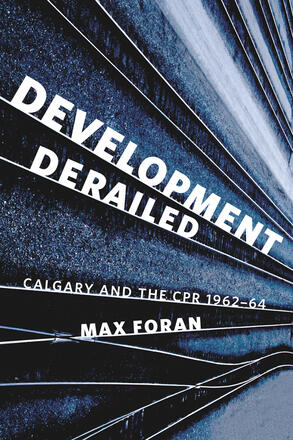
Description
In June of 1962, the Canadian Pacific Railway announced a proposal to
redevelop part of its reserved land in the heart of downtown Calgary.
In an effort to bolster its waning revenues and to redefine its urban
presence, the CPR proposed a multimillion dollar development project
that included retail, office, and convention facilities, along with a
major transportation centre. With visions of enhanced tax revenues,
increased land values, and new investment opportunities,
Calgary’s political and business leaders greeted the proposal
with excitement. Over the following year, the scope of the project
expanded, growing to a scale never before seen in Canada. The plan took
official form through an agreement between the City of Calgary and the
railway company to develop a much larger area of land and to reroute or
remove the railway tracks from the downtown area—a grand design
for reshaping Calgary’s urban core. In 1964, amid bickering and a
failed negotiating process, the project came to an abrupt end. What
caused this promising partnership between the nation’s leading
corporation and the burgeoning city of Calgary to collapse?